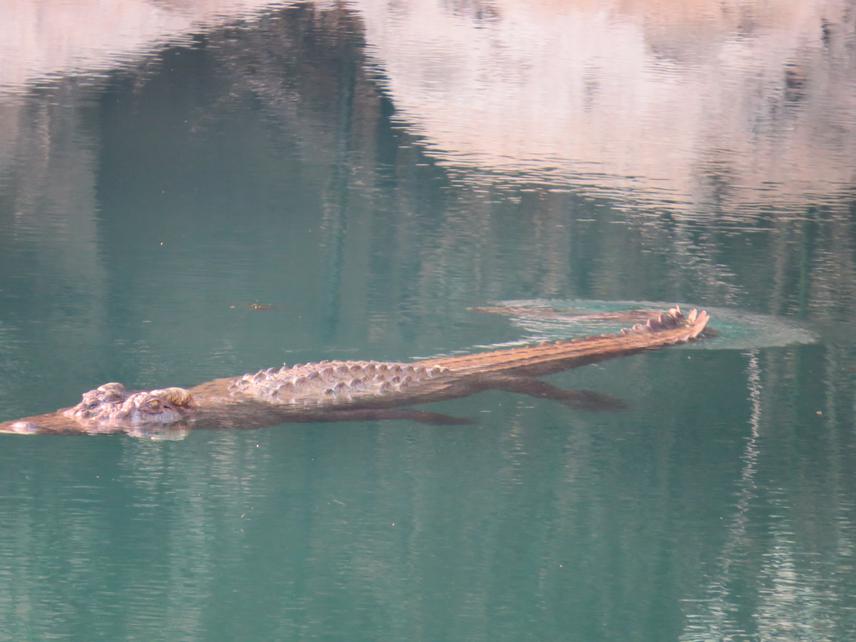Sengdeuane Wayakone
The project aims to investigate the population status and to provide recommendations for improved conservation of the Siamese Crocodile species

The Siamese Crocodile (Crocodylus siamensis) historically is known to occur throughout mainland Southeast Asia as well as parts of Indonesia. However, its current distribution is remarkably diminished and fragmented, for instance, present populations in Vietnam are possibly eliminated (Bezuijen et al. 2012). Therefore, the species is listed under Appendix I of CITES, and it is enlisted in the IUCN Red List (2015) as Critically Endangered with declining population trend. In Laos, C. siamensis is classified “at Risk”, the highest national threat ranking (Bezuijen et al. 2006). The species was abundant in some parts of Laos until at least the early 1900s. Small breeding populations persisted in Laos, but a severe decrease in range and abundance has occurred over the past century and now the Siamese Crocodile is rare or locally extinct at many sites (Bezuijen et al. 2013). These authors recorded the presence of the species in 13 sites of six river systems, where at least 36 individuals (1-11 per site) were documented. In all sites, crocodile densities and recruitment rates were extremely low. Thus, remnant C. siamensis populations in Laos are of global importance.
In Khammouane Province of Laos, Bezuijen et al. (2013) noted three negative records from Hin Nam No and Nakay-Nam Theun National Protected Areas and two unconfirmed records from the Nam Hin Boun river system (tributaries in Phou Hin Boun National Protected Area, previously “Khammouane Limestone National Protected Area”): one record from in between 1960-1979, and one in between 1980-1999 (Bezuijen et al. 2006). Since then no further record of the species has been reported in Khammouane in the past 16 years.
During recent herpetological field research in central Laos, Ziegler et al. (2015a, b) rediscovered the species in Khammouane Province at a site related to the Xebangfai river system. This represented a so far not reported, overlooked population and at the same time, the rediscovery of the species from this province.
However, detailed information about the total population size and its distribution range still remains unknown and therefore the main goals of this project are (1) to provide information on the structure and spatial distribution pattern of the local population; (2) to collect key information on habitat suitability and protection; (3) to identify the threats to the population; (4) to raise awareness for conservation and train forest rangers; and (5) to provide recommendations for species conservation in order to establish a provincial protected area.